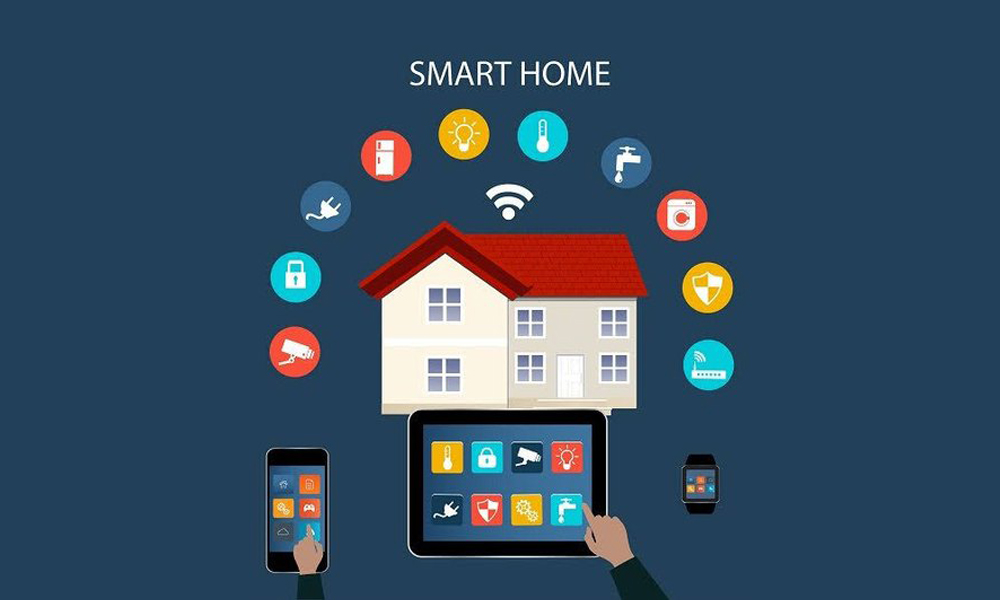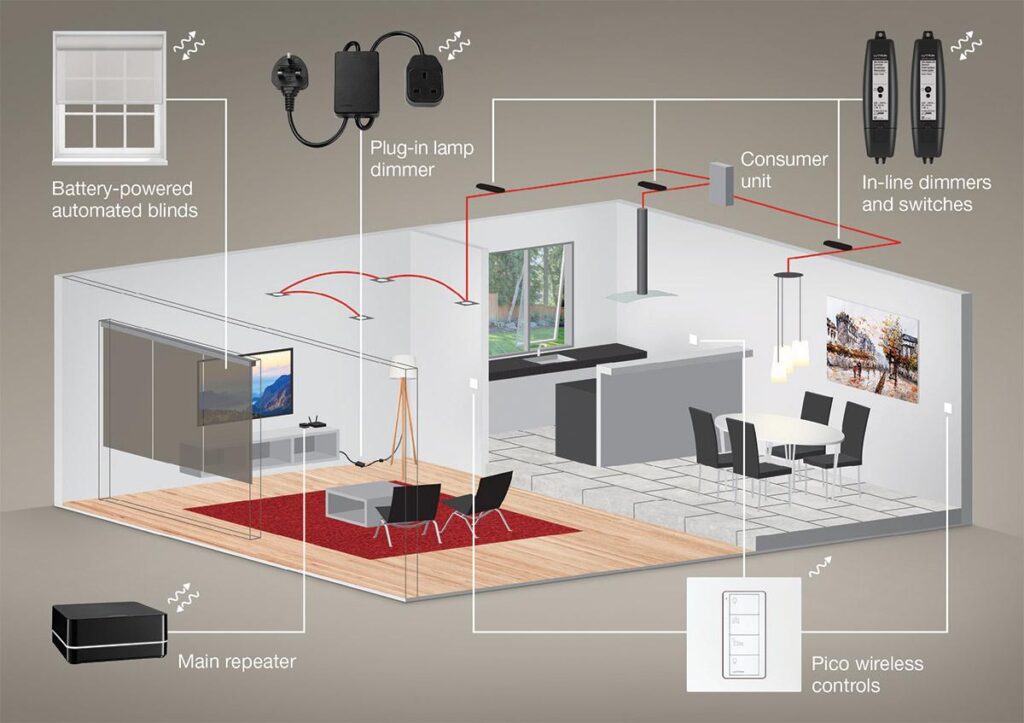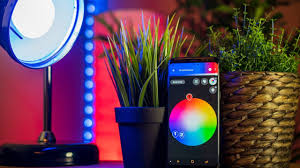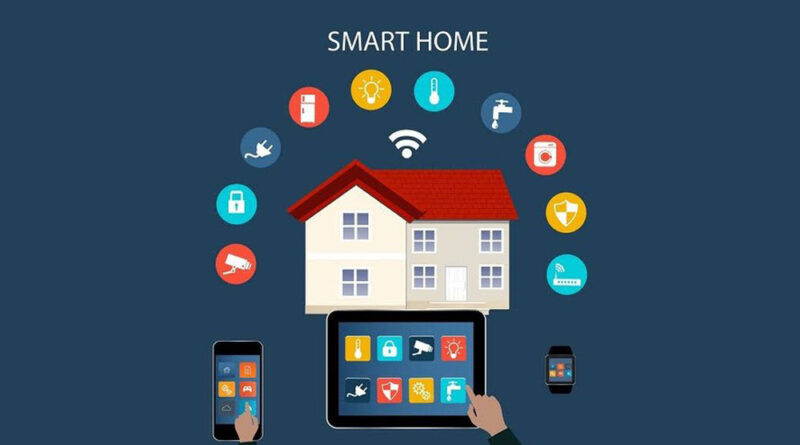Best Smart Home Systems for Easy Installation
Choosing easy to install smart home systems is essential for homeowners who want modern convenience without complicated setup. Whether you’re new to smart technology or just want a hassle-free experience, investing in easy to install smart home systems ensures you can enjoy automation, voice control, and security upgrades without professional help.
In this guide, we’ll explore the best plug-and-play smart systems available today. You’ll learn which ecosystems are most intuitive, what devices to prioritize, and how to build a reliable and scalable smart home—no wiring or tech degree required.

What Makes a Smart Home System Easy to Install?
Not all smart devices are created equal when it comes to installation. Some require electrical work or complex configuration, while others can be connected and running in minutes.
Key features of easy-to-install systems:
- App-guided setup process
- Wireless connectivity (Wi-Fi, Bluetooth, or Zigbee)
- Voice assistant compatibility (Alexa, Google Assistant, Siri)
- Modular design (expandable and self-contained)
These features make it easy for homeowners to start small and grow their smart homes at their own pace.

Top 5 Easy to Install Smart Home Systems for 2025
1. Amazon Alexa Ecosystem
With wide device compatibility and an intuitive app, Alexa-powered systems are among the most accessible on the market.
Highlights:
- Compatible with smart lights, plugs, thermostats, and more
- Quick setup via the Alexa app
- Affordable Echo devices act as hubs
2. Google Home / Nest
Perfect for Android users, Google Home integrates seamlessly with Google Assistant and Nest products.
Highlights:
- Smooth pairing with Nest cameras, thermostats, and doorbells
- Voice control through Google Assistant
- App-based automation with Google Home app
3. Apple HomeKit
For Apple users who value privacy and smooth UX, HomeKit offers excellent integration.
Highlights:
- Works within the Apple ecosystem (iPhone, iPad, etc.)
- Highly secure with encrypted device communication
- Simple setup using the Home app and QR code scanning
4. TP-Link Kasa Smart System
Known for its smart plugs and switches, Kasa offers simple yet powerful automation.
Highlights:
- Easy pairing via the Kasa app
- Ideal for lighting and appliance control
- Budget-friendly and beginner-friendly
5. Philips Hue Lighting System
A leader in smart lighting, Hue offers scalable options from bulbs to light strips.
Highlights:
- Plug-and-play bulbs
- Works with all major ecosystems
- Advanced scheduling and ambiance control
Best Devices to Start With

If you’re just starting your smart home journey, here are the easiest devices to install:
Smart Bulbs
Screw them in, pair with your app or hub, and start controlling your lights instantly.
Smart Plugs
Plug them into your wall, connect to Wi-Fi, and schedule your devices without any tools.
Video Doorbells
Many now offer adhesive or battery-powered models, no hardwiring needed.
Smart Speakers
Serve as the central command for your smart home. Just plug in, connect to Wi-Fi, and you’re set.
These beginner-friendly options offer big value with little effort.
Installation Tips for a Seamless Experience

Even with easy to install smart home systems, a few best practices can make your setup smoother:
- Start small: Begin with one room or device type
- Stick to one ecosystem: Reduces app clutter and integration issues
- Label and organize: Especially useful as your system grows
- Use mesh Wi-Fi: Ensures strong connectivity in every room
Following these tips prevents frustration and improves performance.
Automation Ideas with Easy Setup
You don’t need a technician to enjoy smart home automation. Here are a few beginner automations you can do right away:
- Good Morning Routine: Lights turn on, thermostat adjusts, coffee brews
- Away Mode: Turns off all lights and activates security cameras
- Movie Night: Dims lights, closes blinds, powers on entertainment center
Most ecosystems support simple drag-and-drop routines or voice-activated scenes.
Cost Breakdown and Budgeting
Here’s what you can expect to spend on easy to install smart home systems in 2025:
| Device Type | Estimated Cost |
|---|---|
| Smart Bulbs | $10–40 per bulb |
| Smart Plugs | $15–35 each |
| Video Doorbells | $80–250 |
| Smart Hubs/Speakers | $40–150 |
| Mesh Wi-Fi System | $100–300 |
Start with essentials, then expand as your needs and confidence grow.
Advanced Yet Easy Add-ons for Your Smart Home
Once you’ve mastered the basics, it’s time to consider slightly more advanced devices that still offer easy installation but bring new levels of automation, comfort, and control.
Smart Thermostats
Modern smart thermostats like Nest and Ecobee come with guided installation and compatibility checkers. Most homeowners can replace their existing thermostat in under 30 minutes with minimal tools.
Why it matters:
- Personalized temperature schedules
- Remote temperature control
- Energy usage tracking
Smart Sensors
Motion detectors, door/window sensors, and water leak detectors are often peel-and-stick or magnet-mounted and sync easily with your smart hub or app.
Benefits:
- Enhanced security and automation
- Water damage prevention
- Entry and motion alerts while you’re away
Smart Blinds and Shades
Motorized window treatments can now be installed using battery power, no hardwiring required. Brands like IKEA and SwitchBot offer budget-friendly and easy-to-mount solutions.
Perks include:
- Voice or app control for light/privacy
- Schedule-based automation
- Integration with routines (e.g., “Movie Time”)
These upgrades strike a great balance between advanced functionality and installation ease—making them perfect for smart home users looking to level up without hiring professionals.
If you’re still deciding between doing it yourself or hiring a professional, don’t miss our in-depth comparison of DIY vs professional smart home installation. It’s the perfect complement to this guide on easy to install smart home systems and will help you choose the right setup method for your needs.
Common Mistakes to Avoid
Even with simple devices, beginners can run into problems. Here’s what to watch out for:
- Mixing incompatible brands
- Forgetting to update firmware
- Poor Wi-Fi placement
- Not securing your network
Avoiding these mistakes leads to better performance and peace of mind.
Conclusion
With the growing number of easy to install smart home systems, there’s never been a better time to upgrade your home. Whether you’re automating lights, improving security, or just making daily tasks more efficient, plug-and-play systems offer power and simplicity in one package.
Start small, choose the ecosystem that suits your lifestyle, and build your smart home one device at a time. In just a few hours, you can enjoy the comfort, security, and convenience that smart technology brings—with no professional help required.
Still exploring your options? CNET has an excellent roundup of the best smart home systems for easy installation in 2025—perfect for those seeking plug-and-play convenience and top-rated performance.

